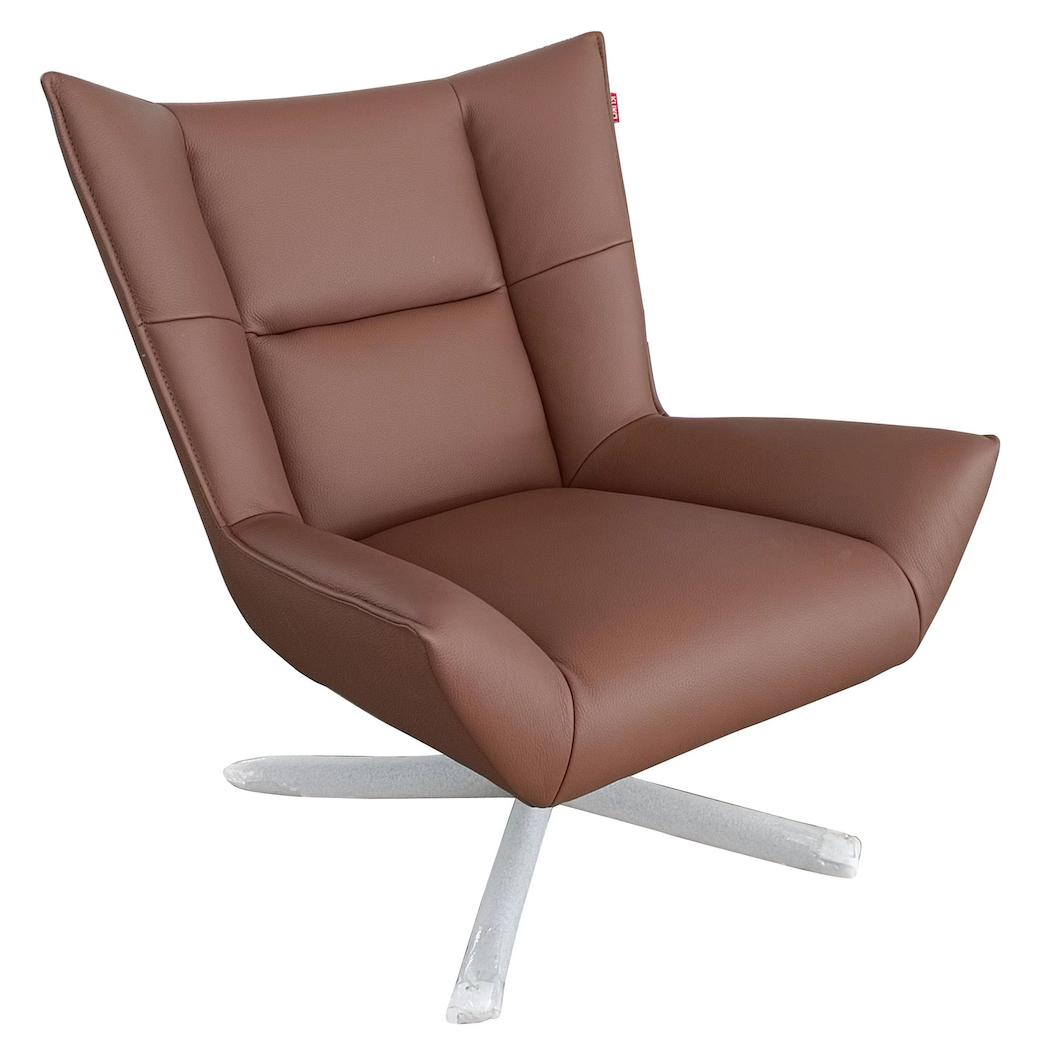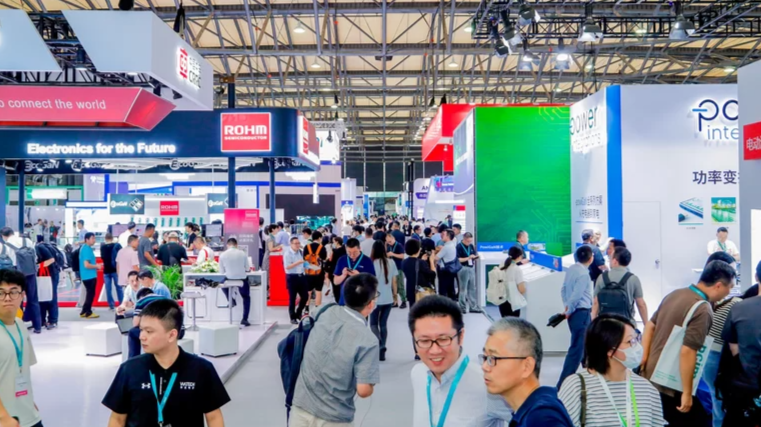On August 18, Beijing Business Daily reporter learned that the Beijing Development and Reform Commission recently issued and implemented the "Implementation Plan for Accelerating the Construction of New Energy Vehicle Supercharging Stations" (hereinafter referred to as the "Implementation Plan") in conjunction with the Beijing Municipal Urban Management Commission. It is proposed that by the end of 2024, 500 supercharging stations will be built in the city; by the end of 2025, the number will be doubled to 1,000.
The timeliness of charging has gradually become one of the pre-factors affecting car purchase (replacement) decisions. It is urgent to provide consumers with high-quality charging services through the innovation of technical products. Therefore, it is of great significance to create a social service network with supercharging technology as the main body, focusing on improving the timeliness of charging and leading the dual improvement of charging service quality and efficiency, which is of great significance to enhancing the attractiveness of new energy vehicles and effectively supporting the realization of various strategic goals.


Recharging time is shortened
With the increase in the penetration rate of new energy vehicles and the growth in demand for recharging, the performance requirements for charging piles are also increasing. It is reported that on the one hand, more and more vehicle and charging pile companies have begun to deploy super charging equipment; on the other hand, the number of new energy vehicles has continued to increase, and the layout of charging facilities has become increasingly perfect, laying a good foundation for the accelerated construction of super charging facilities.
"Three or four years ago, the layout of charging piles was not very perfect, and you needed to find a pile specifically or queue up to charge. But in the past two years, you can clearly feel that the surrounding charging equipment is increasing. Recharging can be done in many scenarios, such as near units and shopping malls, and even around children's training institutions. There are also many charging piles. Now in addition to "fast charging", there is also "super charging", which further shortens the recharging time." A Beijing owner of Zeekr 001 told the Beijing Business Daily reporter.
It is reported that "super charging" refers to charging equipment that is faster than "fast charging". There is no national unified standard definition. At present, Shenzhen has clearly defined that equipment with a single gun power of 480 kilowatts or more is super charging. Fast charging generally refers to a charging method that can make the battery reach or approach a fully charged state within 1-2 hours. By the end of 2023, Beijing has built a total of 72 supercharging stations and 597 supercharging piles.
Recently, the first two supercharging stations built by the State Grid in Beijing were officially put into operation. Huang Yu, project leader of State Grid (Beijing) New Energy Vehicle Service Co., Ltd., said that the average daily service capacity of the first batch of supercharging stations can reach 700 vehicles. It adopts a 1000-volt high-voltage technology platform and uses liquid-cooled supercharging technology. The maximum output power of a single gun can reach 600 kilowatts, which can not only meet the general charging needs of social vehicles, but also meet the rapid charging needs of vehicles with super-fast charging battery technology within 10 minutes.
According to the "Implementation Plan" released this time, Beijing will optimize the construction schedule based on the actual development of each district, traffic intensity, land resources, power supply and other factors, promote the construction of super-fast public charging stations, and take the lead in realizing the layout of supercharging in the area within the Fifth Ring Road. By the end of 2024, 500 supercharging stations will be built in the city. By the end of 2025, 1,000 supercharging stations will be built in the city.
In addition, the Implementation Plan also clearly states that we should actively guide open sharing. For public charging facilities that have been built and put into use, we encourage and guide them to be open to the public; for newly planned and constructed public charging facilities, in principle, they must be fully open to the public for sharing.
The above-mentioned car owner said that there are many old residential areas in Beijing, and there are relatively few cases of installing home charging piles. Most new energy car owners will choose public charging piles for energy replenishment. This Implementation Plan is a great benefit to new energy car owners. "Take my own car as an example. According to ordinary high-power fast charging, it can be charged to 80%-85% in one hour and run about 400 kilometers. But if it is supercharged, it may be charged to 80%-85% in half an hour, and it can be charged for about 1,000 kilometers in one hour."
The era of supercharging has arrived
The charging problem is considered to be the "last kilometer" of electric vehicle promotion, which is crucial to the popularization of electric vehicles. According to the interpretation of the Beijing Municipal Development and Reform Commission, new energy vehicle consumers are increasingly looking forward to "charging on the go" services similar to those at gas stations, which are mainly reflected in the "four characteristics", namely reliability, convenience, timeliness, and economy. In particular, the timeliness of charging has gradually become one of the pre-factors affecting car purchase (replacement) decisions. It is urgent to provide consumers with high-quality charging services through the innovation of technical products.
In recent years, the construction of domestic charging piles has accelerated. As of December 2022, the cumulative number of charging infrastructure nationwide was 5.21 million, an increase of 99.1% year-on-year. According to my country's plan to achieve a 2:1 ratio of cars to piles by 2025, it is estimated that the number of charging piles will reach 22.95 million in 2025, an increase of 13.43 million from 2022.
In April this year, Wang Lei, senior vice president of Xingxing Charging and CEO of China, said in an interview with the media that the turning point of the supercharging era has arrived. This year, in terms of liquid-cooled supercharging, promotion will be carried out in 126 cities, and it is planned to upgrade 10,000 charging stations to supercharging stations with liquid-cooled terminals in 2024.
In addition, during the Beijing Charging and Swapping Exhibition on August 15, Teladian released a number of technical products such as "a new liquid-cooled supercharging system based on group management and group control power sharing". Lu Wengang, director of market support at Teladian, said that the function of supercharging on vehicle models will become more and more popular in the future, especially in high-speed service areas including long-distance travel roads and public parking lots. Facing buses, taxis, online bookings and long-distance travel, there will be scenarios of fast charging and shortening time.
It is reported that there are three main types of heat dissipation for charging piles: air cooling, liquid cooling and natural cooling. Among them, liquid cooling is regarded by the industry as the mainstream development of supercharging piles in the next few years. For example, the full liquid-cooled supercharging pile launched by Huawei in April last year has a maximum output power of 600 kilowatts and a maximum current of 600A, and claims that its charging speed can reach "one kilometer per second".
In addition, according to data from the Prospective Industry Research Institute, the construction capacity of supercharging stations of China's new car-making forces is also constantly improving. As of June 2024, NIO has built 2,279 supercharging stations and 10,240 supercharging piles across the country, which is similar to the scale of Tesla. Xiaopeng, Ideal, and Zeekr have 354, 444, and 456 supercharging stations respectively.
Building a full industrial chain ecosystem
According to the "Implementation Plan", Beijing will encourage multiple parties to participate in diversified development in the construction of supercharging stations. High-quality enterprises will be selected to cooperate with charging facilities, parking management, property services and other enterprises to accelerate the construction of high-quality supercharging networks. Encourage upstream and downstream enterprises in the industry chain such as charging pile-related R&D design, production and manufacturing, installation and operation to gather in the Beijing-Tianjin-Hebei region to build a full industrial chain ecosystem. In accordance with the idea of "government setting up the stage, enterprises voluntarily, and multiple parties participating", explore the establishment of a project construction consortium, give full play to the advantages of different types of enterprises, and effectively improve the efficiency of construction and operation services.
"On the one hand, the density of supercharging network layout has increased, which has a great driving effect on the sales of new energy vehicles; on the other hand, after the large-scale electricity demand of new energy vehicles is connected to the power grid, it will also promote the further optimization of the power system. The model of 'government support, enterprise voluntary participation, and multi-party participation' released by Beijing this time will further promote the gradual maturity of the development of new energy vehicles and their related industrial chains." A relevant person in charge of Teladian said in an interview with a Beijing Business Daily reporter.
Beijing Business Daily reporter Lu Yang Cheng Liang
 Pages you might like
Pages you might like








 Exhibitions you may be interested in
Exhibitions you may be interested in
 Latest information
Latest information
 Follow official account
Follow official account
 Online support
Online support
 鄂ICP备2022017323号
鄂ICP备2022017323号
 鄂公网安备 42018502006493
鄂公网安备 42018502006493
 Launch Exhibition
Launch Exhibition
 Release information
Release information



 Today's topic
Today's topic









